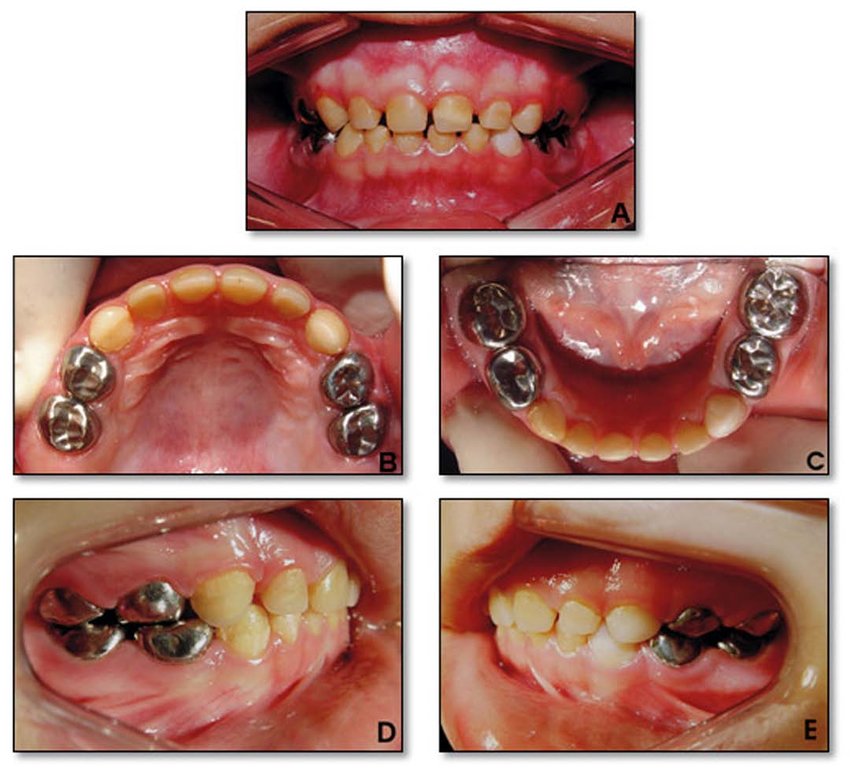Baby Teeth X-Ray: Understanding the Importance of Infant and Toddler Dental Health

Introduction: The Importance of X-Rays for Baby Teeth
When it comes to your child’s dental health, early detection and prevention play a crucial role in ensuring a lifetime of healthy teeth and gums. One of the most important tools for pediatric dentists is the baby teeth X-ray. These X-rays help identify underlying issues in infant baby teeth, toddler teeth, and even their developing permanent teeth.
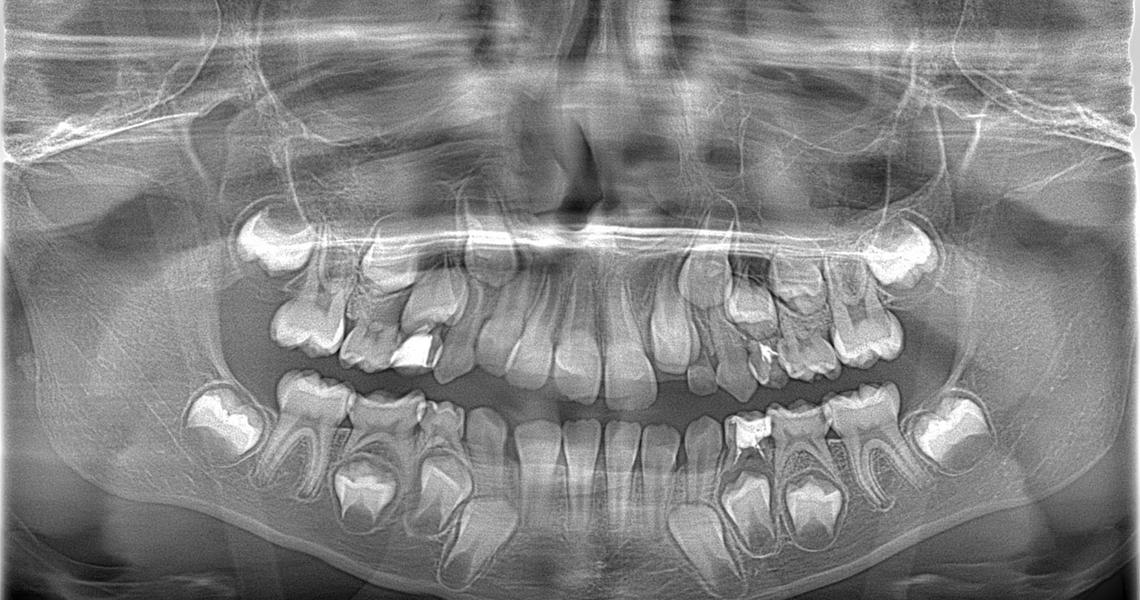
In this guide, we’ll explore why X-rays of baby teeth are vital for your child’s oral health, how they work, and when you should consider scheduling one for your little one. Whether you’re searching for insights into a toddler teeth X-ray or you’re curious about the differences between a child baby teeth X-ray and an X-ray that includes both baby and permanent teeth, this guide will answer all your questions.
What is a Baby Teeth X-Ray?
A baby teeth X-ray is a diagnostic imaging technique that allows dentists to see beneath the surface of your child’s gums, revealing the structure of developing teeth, the jawbone, and roots. These X-rays are crucial because, at an early age, many dental issues are invisible to the naked eye.
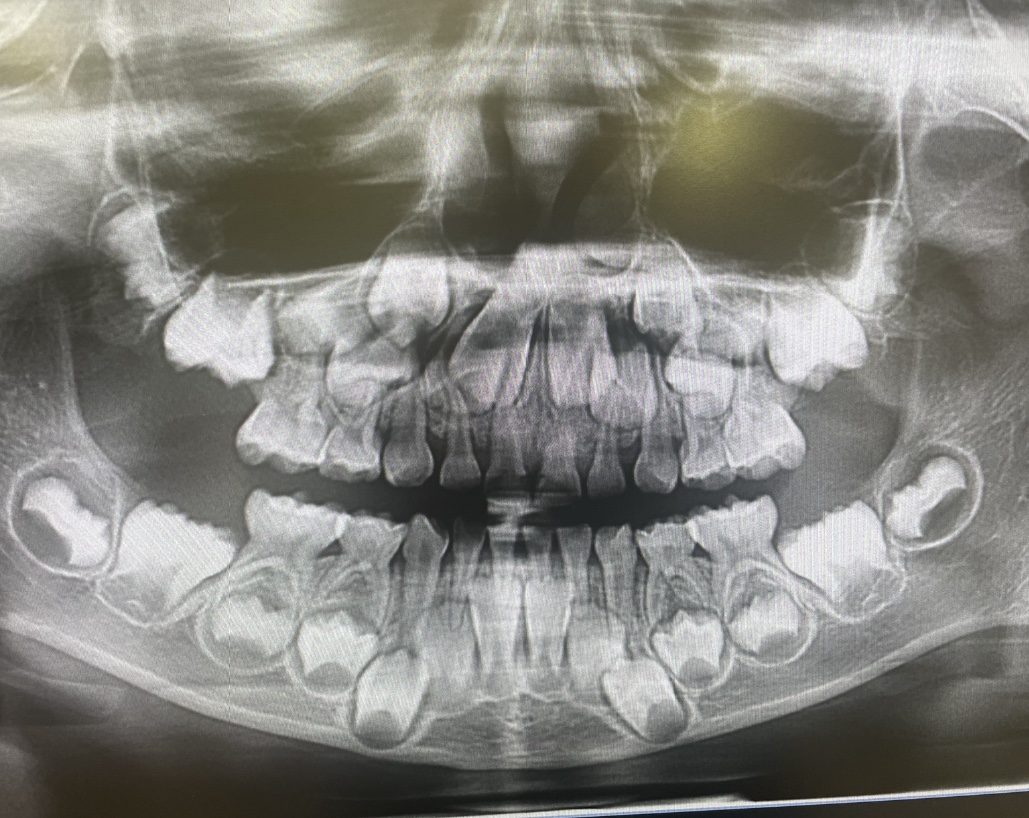
Dentists use various types of X-rays to assess different aspects of a child’s dental development, from the X-ray of baby teeth and permanent teeth to more specialized infant baby teeth X-rays.
Why Are X-Rays Important for Baby Teeth?
Many parents may wonder why X-rays are necessary for baby teeth, considering these teeth eventually fall out. However, baby teeth set the stage for permanent teeth and play an essential role in your child’s oral health. Here’s why an X-ray of baby teeth is vital:
- Early Detection of Cavities and Tooth Decay
Cavities can develop in baby teeth just like they do in permanent teeth. X-rays help identify decay that isn’t visible during a routine dental exam, ensuring that dentists can intervene early to prevent further damage. - Monitoring Permanent Teeth Development
A toddler teeth X-ray can help track the development of permanent teeth that are growing beneath the gums. By comparing X-rays of baby teeth and permanent teeth, dentists can ensure that everything is on track for a smooth transition when baby teeth fall out. - Evaluating Jawbone and Root Health
Some issues like impacted teeth, misaligned bites, or abnormal jawbone development are only visible through X-rays. An early diagnosis ensures that your child receives the appropriate treatments, potentially avoiding complications later in life. - Planning Orthodontic Treatments
If your child needs orthodontic treatment in the future, an X-ray of baby teeth can provide early insights, allowing dentists and orthodontists to plan interventions that will improve your child’s dental alignment.
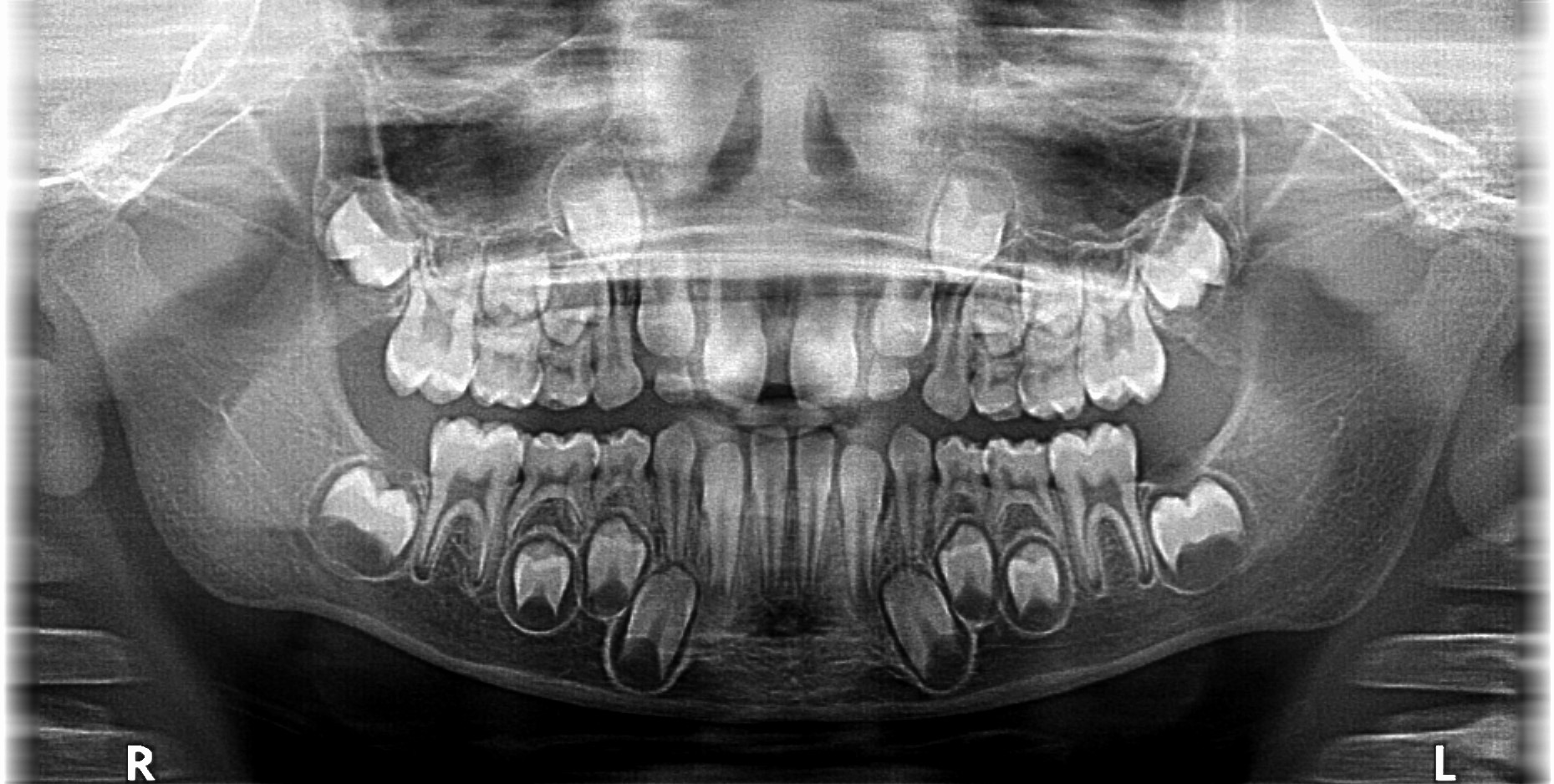
When Should a Baby Have Their First X-Ray?
Pediatric dentists recommend that children receive their first teeth X-ray between the ages of 3 and 5, though this can vary depending on the child’s dental health. The first X-ray of baby teeth often coincides with the eruption of most baby teeth, giving the dentist a clearer picture of how the permanent teeth are forming.
If you notice any signs of discomfort or visible issues with your child’s teeth, scheduling an earlier X-ray may be advisable. The dentist may use a child baby teeth X-ray to detect any underlying issues early on.
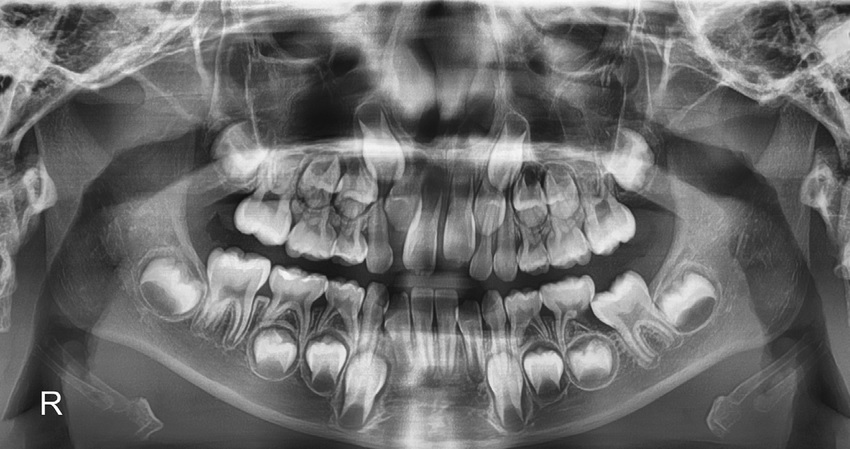
Types of X-Rays Used for Baby Teeth
There are several types of dental X-rays used for children. Here are the most common types, which may be used during your child’s baby teeth X-ray:
1. Bitewing X-Ray
This is one of the most common X-rays used in both toddler teeth X-rays and child baby teeth X-rays. It helps detect decay between teeth, an area often difficult to see during a visual exam.

2. Periapical X-Ray
A periapical X-ray focuses on the entire tooth from crown to root. It’s helpful when the dentist needs a detailed look at the baby teeth and permanent teeth beneath the gums.

3. Panoramic X-Ray
This type of X-ray of baby teeth provides a broad view of the entire mouth, including the jaw, teeth, and roots. It’s often used to monitor the development of permanent teeth or in cases where orthodontic issues are suspected.
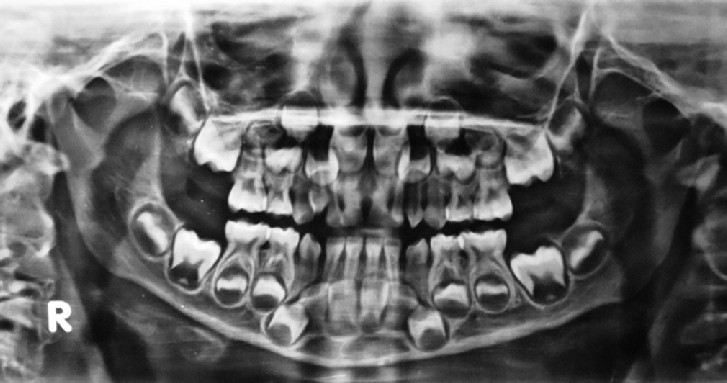
4. Occlusal X-Ray
This type of X-ray gives the dentist a detailed look at how the teeth are developing in the upper and lower jaws, making it useful for detecting teeth that have yet to break through the gums.
How Safe Are X-Rays for Children?
Parents often worry about the safety of X-rays, especially for young children. However, modern infant baby teeth X-rays are very safe. Dentists take several precautions, such as using low-radiation machines and protective lead aprons, to minimize exposure.
According to the American Academy of Pediatric Dentistry (AAPD), the benefits of early X-rays far outweigh any risks, especially when it comes to ensuring your child’s long-term dental health.
Preparing Your Child for a Baby Teeth X-Ray
It’s normal for children to feel nervous about visiting the dentist, especially when an X-ray is involved. Here are some tips to prepare your child:
- Explain the Procedure in Simple Terms
Let your child know that the X-ray will only take a few moments and that it’s just like taking a picture of their teeth. - Bring Comfort Items
If your child has a favorite toy or blanket, bring it along to help soothe them during the procedure. - Schedule the Appointment Early in the Day
Children tend to be less anxious and more cooperative earlier in the day, making it easier for both the child and the dentist.
What to Expect During a Baby Teeth X-Ray
During the baby teeth X-ray, the dentist or dental assistant will position your child in front of the X-ray machine. They’ll place a protective apron over your child’s body and adjust the machine to focus on the area of interest. The process typically takes just a few minutes and is painless.
Conclusion: Ensuring Your Child’s Dental Future
A baby teeth X-ray is a crucial step in ensuring your child’s long-term oral health. Whether it’s an X-ray of baby teeth and permanent teeth to monitor growth or a more specific infant baby teeth X-ray to detect early cavities, these diagnostic tools are invaluable for preventing future dental issues.
If you’re wondering when to schedule a toddler teeth X-ray or if you have concerns about your child’s dental development, speak with your pediatric dentist. Early intervention can save you and your child from bigger problems down the road, ensuring a bright smile for years to come.
Similar Articles:
Kids Oral Hygiene Best Practices
Child Rotten Teeth Causes and Prevention
Teething Timeline for infants.
References:
- American Academy of Pediatric Dentistry (AAPD) – https://www.aapd.org/
- American Dental Association (ADA) – https://www.ada.org/
- National Institutes of Health (NIH) – https://www.nih.gov/





